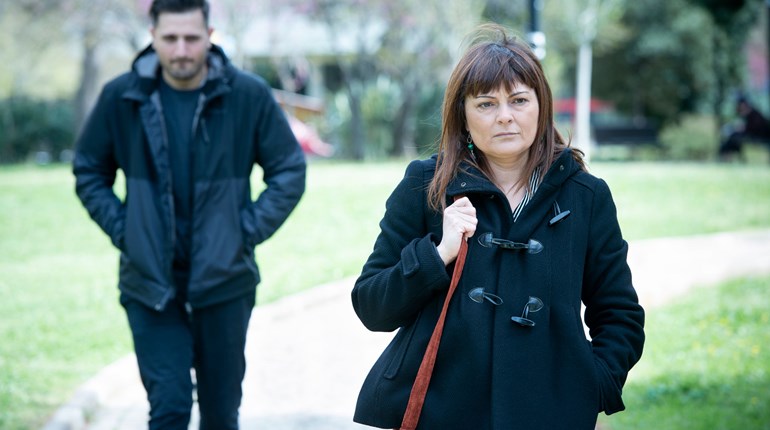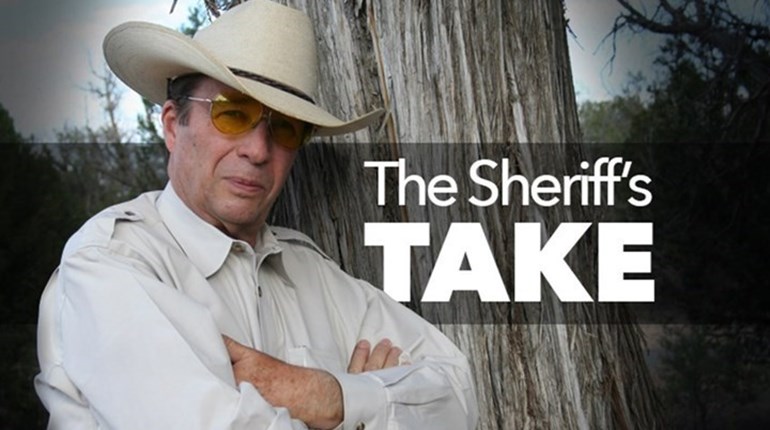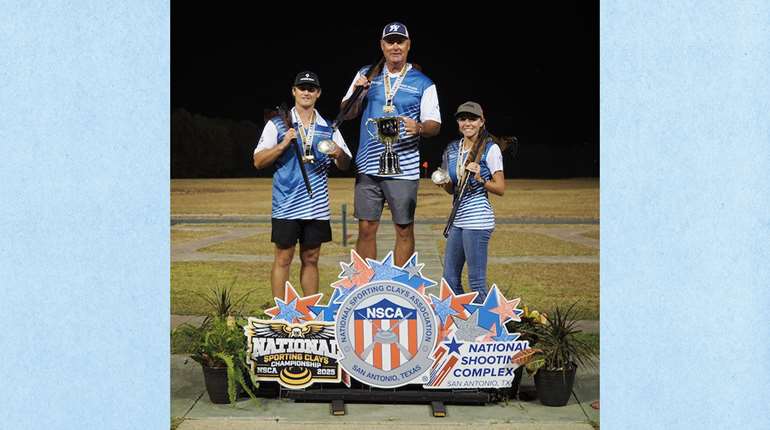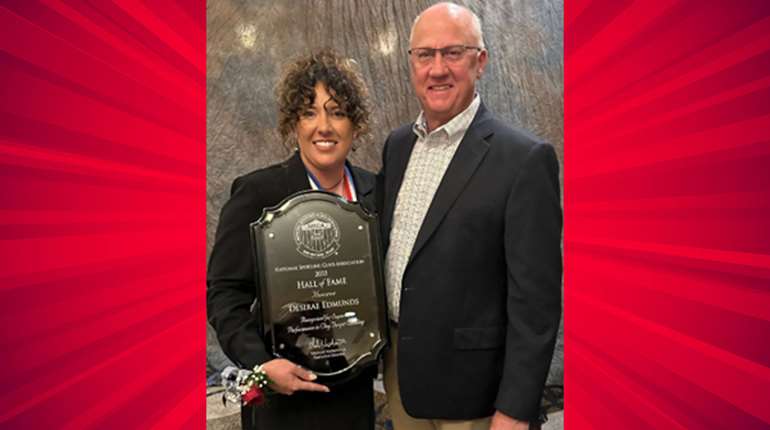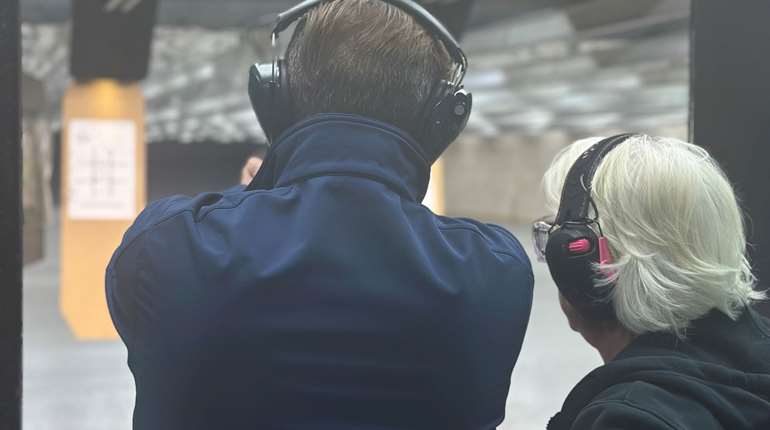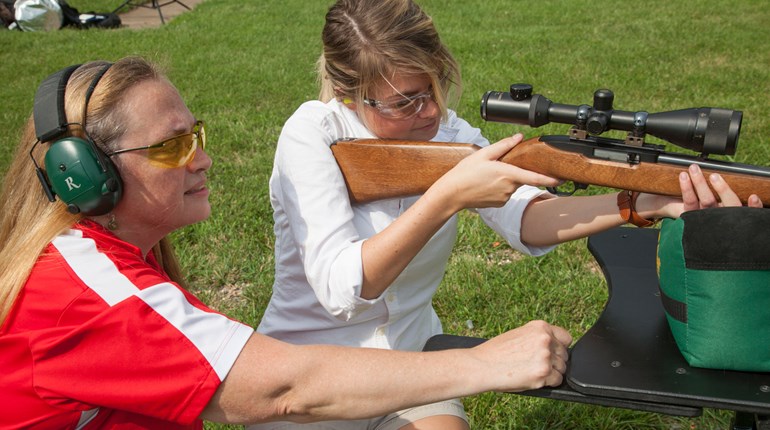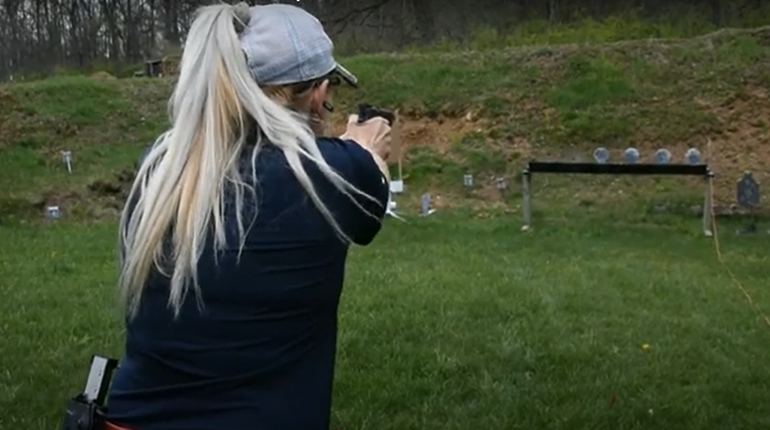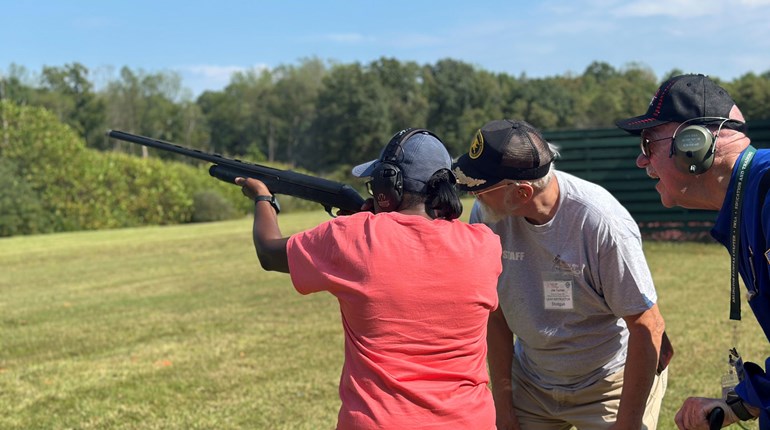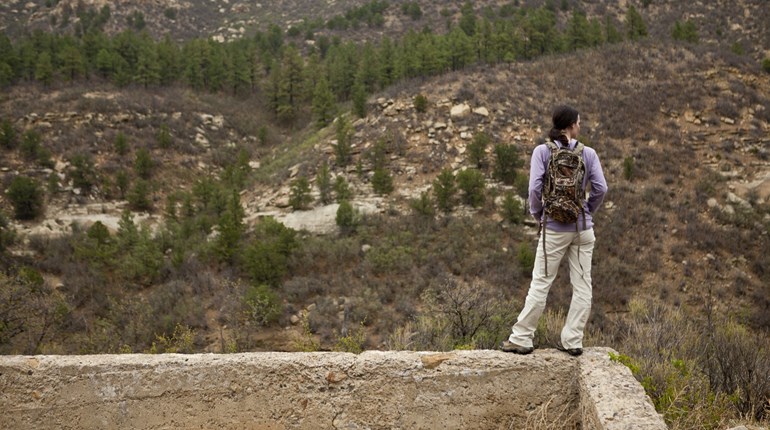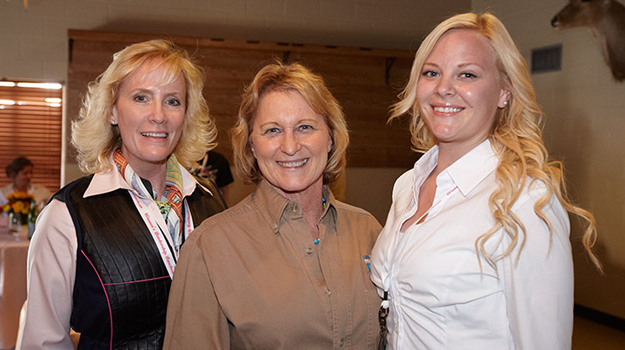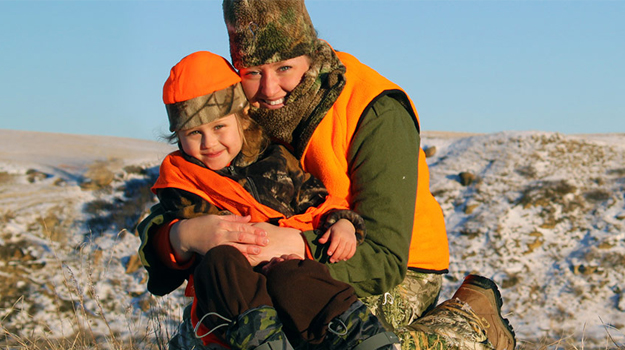
With Valentine’s Day barely behind us and winter about to give way to spring fever, there’s an unmistakable conclusion to be drawn: Love is in the air. However, before getting wrapped up in flowers and flattery, there are some crucial considerations to be made. In a season of blind dates, romantic gestures, relationship milestones, and dramatic proposals, red flags tend to fly under the radar. Celebratory pressures can overwhelm us into overlooking risk and brushing off bad behavior as “harmless” or “one-time only.” While navigating the complexities of dating in a digital age, it is imperative to prioritize safe relationships. Abuse exists in many forms, and typically manifests through time and opportunity. By focusing on personal security, planning and listening to intuitive cues, we can better protect our well-being, and eliminate unnecessary dangers.
Though it might seem tedious or excessive to deep dive into the where, when and how’s of those first few dates, the unfortunate truth is there tends to be significant risk in leaving decisions to the last minute, especially when an unknown factor (in this case, the other individual) is concerned. There are important questions to think about, such as: Who is predominantly making the decisions? Is the location a known, or a new environment? What does the potential timeline look like for me? and Am I going to be within reasonable distance of friends and family, or at the very least, emergency services? This kind of preparation might seem like overkill, but with more than 200,000 women under 21 in America reported missing in 2022 alone, none of us should be willing to take any chances. The facts tell us our concerns are justified; this threat is real. If we don’t take our safety into our own hands, there is undoubtedly someone looking to take advantage, who would not hesitate to do so if given the opportunity.
Furthermore, it’s not enough to be physically and mentally prepared: today, digital preparation is essential too. At unprecedented extremes, our information is free for the taking. Details about where we live, shop and work are plastered across the internet. Mindless posts and instant gratification on social media lead us to ‘tell all’ about our families, routines, and ultimately, vulnerabilities. We are more connected than ever before … but we are also less private than ever before. Even those who don’t engage in social media would be surprised what a simple google search could reveal about them. This kind of exposure doesn’t go unnoticed, and in the wrong hands, can be used for malicious intent. Because of this, intentionality is indispensable when managing online exposure. Who we allow to see our content, the nature of the content we share with the world, and the nature of the content we allow others to share about us are all defining factors of our everlasting internet footprint. Such a footprint can unintentionally reveal devastating personal information, and once established, can be quite difficult, if not impossible, to fully erase.
Most importantly, whether the relationship is barely off the ground, or years in the making, how the other person affects our physiology makes all the difference. At the risk of sounding cheesy, I can say without a doubt that my husband is my safest place. I don’t just mean physical security: He deeply respects my emotional, mental and physical well-being. I’m no relationship guru, but if anyone asked what the key to my marriage was, I would point to that. First date jitters and nervous butterflies are one thing, but I would caution anyone who notices those feelings tend to stick around when they’re with their partner. In the same way the hair on the back of our neck stands up when we’re threatened, our body tends to have a way of sensing when something’s not right. Subconscious stimuli are constantly being observed and regulated by our brain. Long before we’ve figured out up from down, our body has accounted for potential threats. Even if this information isn’t consciously acknowledged, telltale signs do arise: elevated heart rate or breathing, dizziness, hot flashes, and a dozen other bodily distress calls. This “fight or flight” reaction is derived from innate survival instincts, and should never be a factor in an intimate relationship.
Ultimately, while I don’t typically source life advice from social media, the other day I came across a post that struck me as surprisingly profound. It read: “No matter what you’re looking for or what situation you’re in, your person should make you feel safe.” In my eyes, that summarizes the basis of a healthy relationship dynamic in a perfectly simple and concise manner. Essentially, how we allow ourselves to be treated matters. If a situation makes us uncomfortable, we have not only a right, but a responsibility to ourselves to take measures for our own protection. In all, we have the ability to take great strides toward maintaining our personal peace through planning ahead both in life and online, and putting the needs of our personal welfare above holiday hullabaloo and outward pressure. At the end of the day, we might not be able to completely avoid hazards, but we can minimize needless exposure, and control our responses when potential peril arises.












